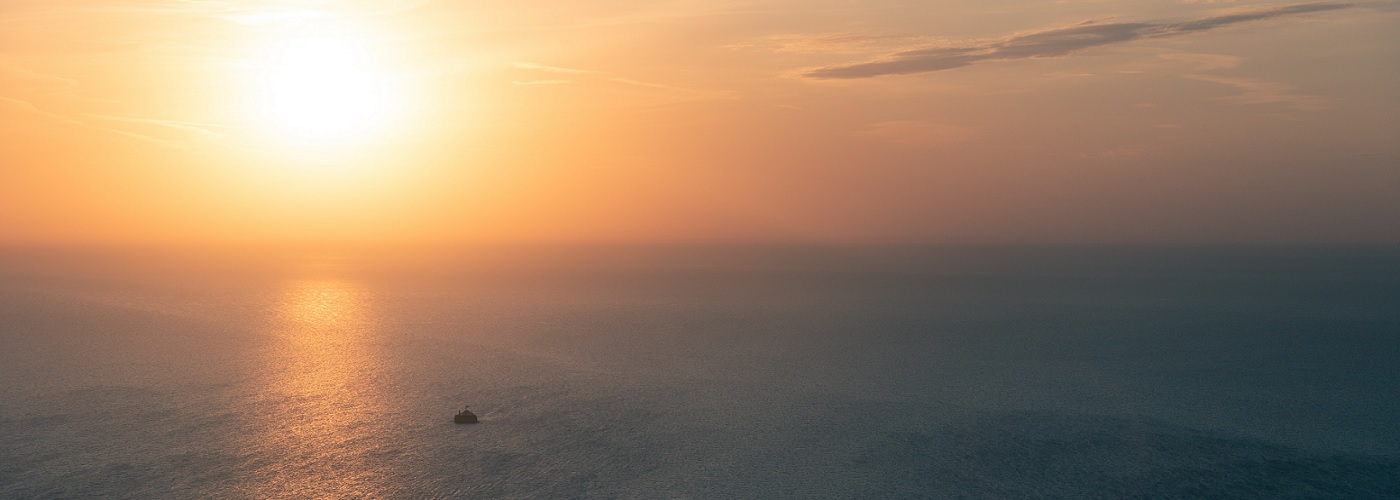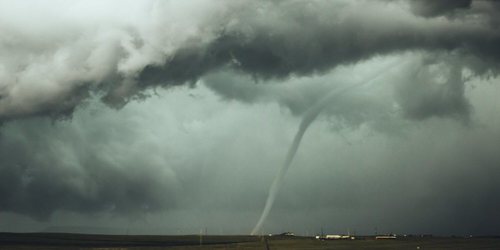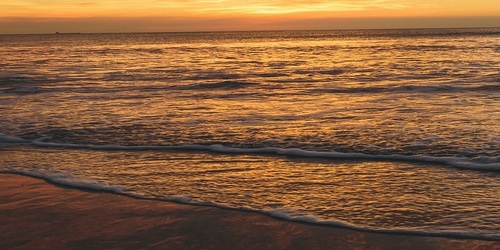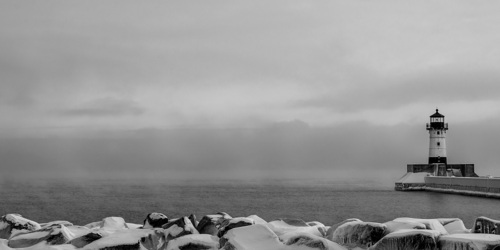

Most of us have seen mirages at one time or another. The most common type of mirage occurs on hot days over pavement. This is that fuzzy image in the distance that looks like a large puddle. Let's look into the science behind mirages and explore some of the more enigmatic ones that have been studied.
The basic physics that comes into play when studying mirages is how light reacts when it passes through air of differing densities. The speed of light slows down when it travels through dense air and speeds up when air density decreases. Cold air has a higher density than warm air. Therefore, when there are sharp changes in temperature in the atmosphere, the speed of light will change. This results in the bending of light rays, known as refraction. This is the basic science behind mirages, and it's how the atmosphere can trick our eyes into seeing distorted images.
The common mirage of a puddle in the distance on a hot day is called an "inferior" mirage. These occur when the air near the ground is much hotter than the air just above it. Light beams that are projecting down from the sky ahead of the observer are actually bending off the pavement and back up toward the observer. This results in our eyes seeing a fuzzy image with a bluish tint ahead in the distance.
One of the more mysterious types of mirages is known as the "fata morgana." This type of mirage is called a "superior" mirage and it occurs when there is very cold air near the surface, while much warmer air lies just above it. The most common set up for seeing this rare phenomenon occurs when warm air pushes over a cold body of water. In this arrangement, the light rays are bent in a way that makes images appear higher than they really are. This can make ships or small islands in a body of water become stretched vertically. Ships can even be seen flying above the water. It is thought that the legend of the phantom ship called the "Flying Dutchman" was born from this optical phenomenon. Other times, history may have been altered due to these mirages. In one instance, in 1818, the British explorer John Ross thought he saw a vast mountain range, which made him believe his attempt at a Northwest Passage was impossible. He turned around, only to find out later that it was a superior mirage.





